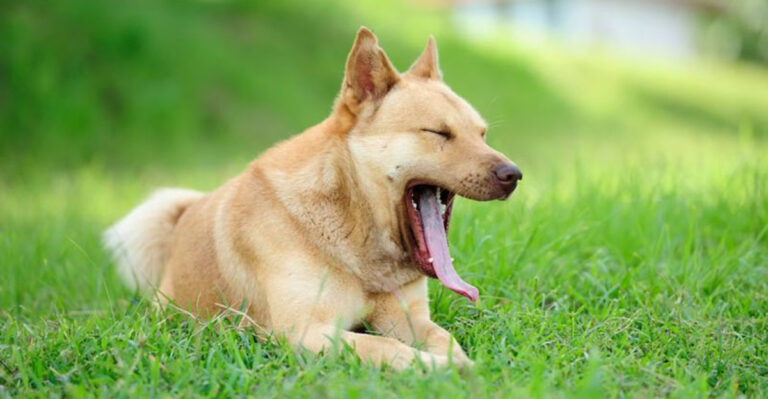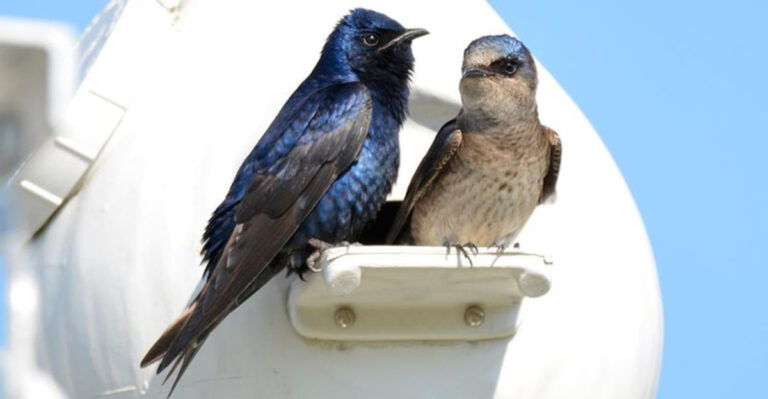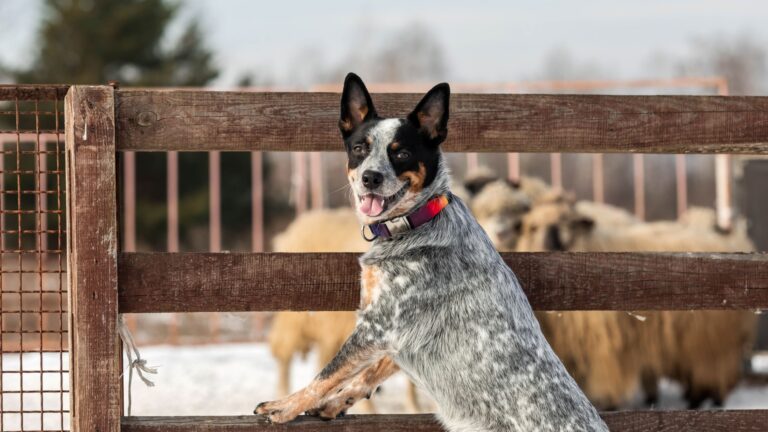13 Vet-Approved Ways Grooming Improves Your Horse’s Health
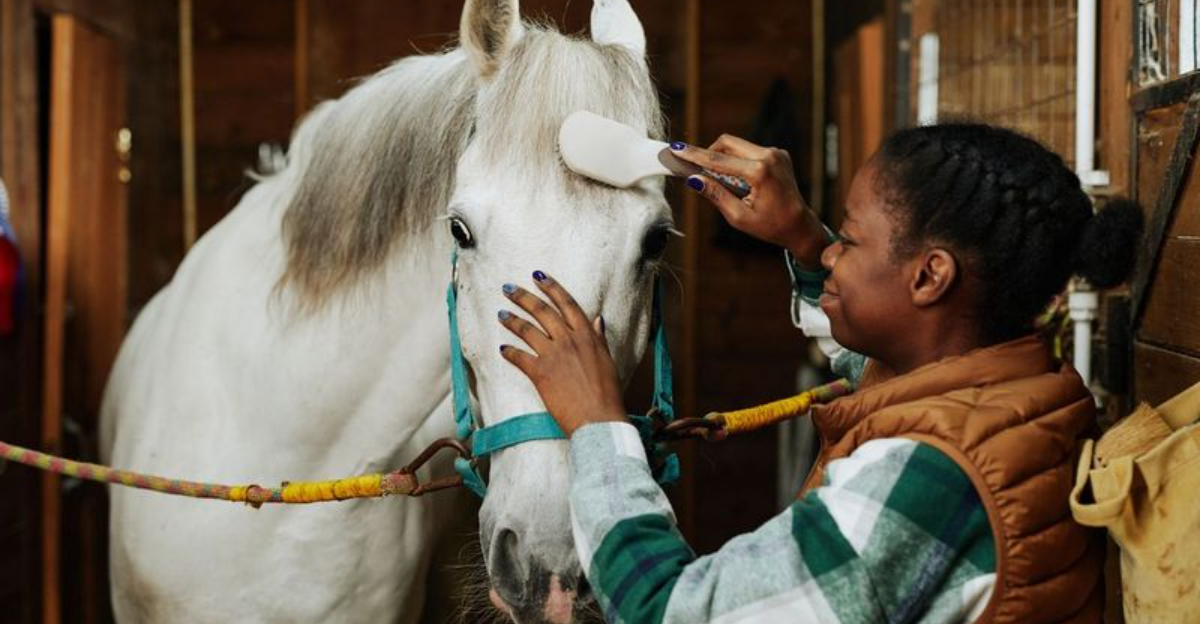
Taking time to groom your horse isn’t just about making them look pretty – it’s actually a powerful health practice! Regular brushing, cleaning, and care routines help prevent many common health issues while strengthening your bond.
Veterinarians widely recommend daily grooming as preventative medicine that can save you money on vet bills in the long run and keep your equine friend feeling their best.
1. Skin Infection Prevention

Mud, sweat, and dirt build-up creates the perfect breeding ground for bacteria and fungi on your horse’s skin. Daily brushing removes these irritants before they cause painful skin infections like rain rot or scratches.
A thorough currying session lifts dirt from deep in the coat where infections often start. Pay special attention to areas where sweat collects – under the saddle pad, behind the elbows, and between the hindquarters.
Many vets consider regular grooming your first defense against costly skin problems that could sideline your horse for weeks of treatment.
2. Early Detection Of Injuries

Running your hands over every inch of your horse during grooming creates an opportunity to find problems before they become serious.
Small cuts, swellings, or tender spots might go unnoticed during casual observation but become obvious during a thorough grooming session. Horses are masters at hiding pain until conditions become severe.
Your daily hands-on inspection might reveal a tiny puncture wound that could develop into an abscess, or detect heat in a leg that signals the beginning of tendonitis.
Most experienced horse owners have stories about catching serious issues during routine grooming!
3. Improved Circulation
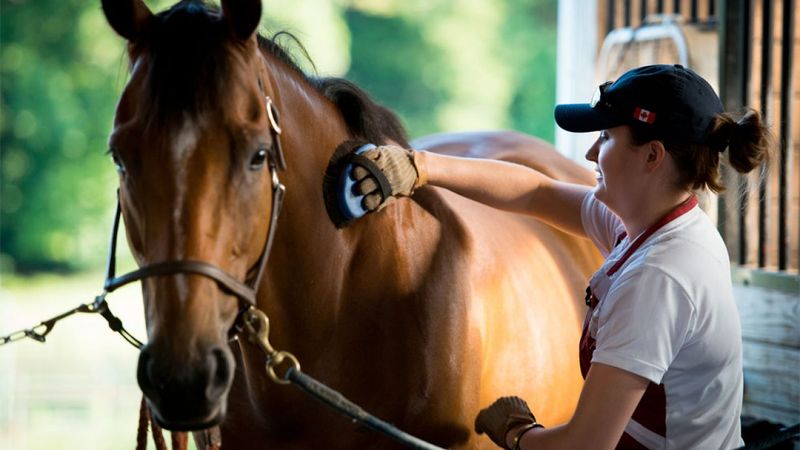
The vigorous motion of curry combs and brushes stimulates blood flow throughout your horse’s body. This increased circulation delivers oxygen and nutrients to muscles and skin cells while helping remove waste products.
Better blood flow means faster healing of minor injuries and reduced muscle soreness after workouts. For older horses especially, this circulatory boost helps maintain healthy skin and coat while supporting overall tissue health.
Vets often recommend extra grooming attention for senior horses specifically because of these circulation benefits – it’s like giving them a therapeutic massage every day!
4. Parasite Control
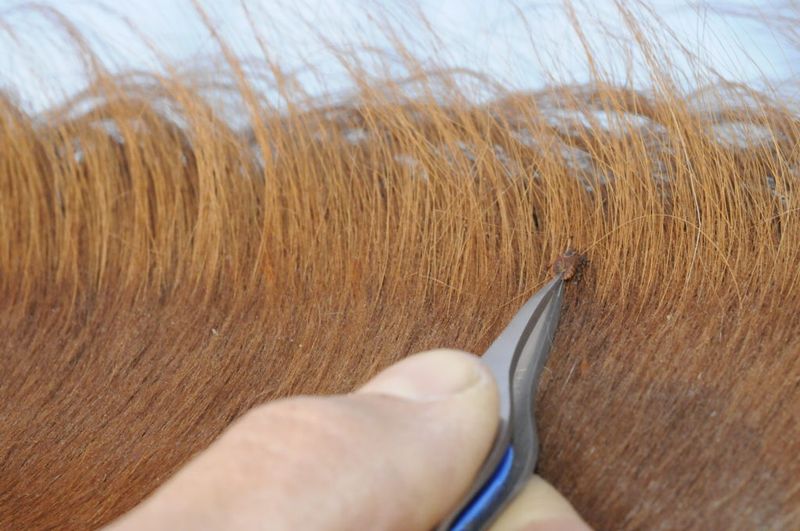
Regular grooming disrupts the life cycle of external parasites like lice, mites, and ticks that can plague your horse. These tiny invaders not only cause irritation and hair loss but can transmit serious diseases.
Careful inspection of your horse’s mane, tail, and body during grooming allows you to spot these pests before infestations become severe.
Removing just one egg-laden tick can prevent hundreds more from hatching on your horse!
Your grooming routine creates a physical barrier against these unwanted hitchhikers, reducing the need for harsh chemical treatments and protecting your horse from parasite-related health issues.
5. Heat Regulation Support
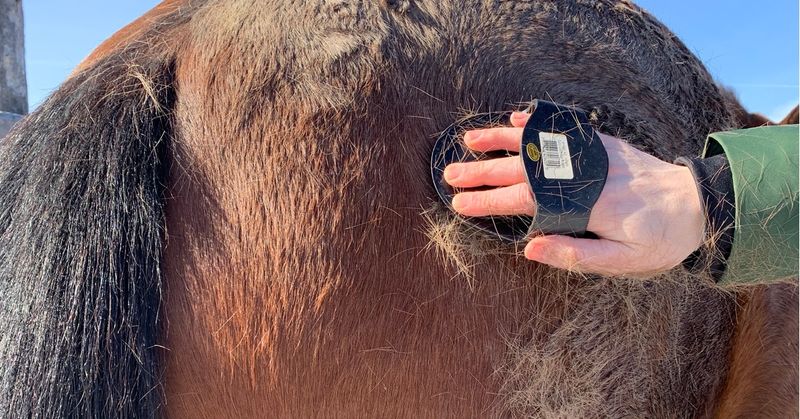
A clean coat works much better at insulating your horse in winter and cooling them in summer. Dirt, sweat, and dead hair clump together, preventing the coat from properly fluffing up for warmth or lying flat to release heat.
Shedding season becomes much more manageable with regular grooming. Removing loose hair helps your horse adjust to seasonal temperature changes more quickly and comfortably.
Many horses suffer unnecessarily from overheating because matted, dirty coats trap heat against their bodies. Your grooming efforts directly impact your horse’s ability to regulate their body temperature naturally.
6. Hoof Health Maintenance

Picking out your horse’s hooves daily prevents the buildup of mud, manure, and debris that can lead to thrush and other bacterial infections.
This simple grooming task allows you to spot loose shoes, cracks, or abnormal wear patterns before they cause lameness. Cleaning around the frog – that triangular part of the hoof – stimulates blood flow to this crucial structure.
Healthy blood circulation in the hoof supports proper growth and stronger hoof walls. Farriers consistently report that horses receiving regular hoof care during grooming develop fewer serious foot problems and maintain better overall hoof quality.
7. Respiratory Health Protection

Dusty, dirty coats can contribute to respiratory issues when horses inhale particles during normal grooming behaviors. Horses naturally nibble and groom each other, potentially breathing in harmful dust from their coats.
Regular brushing removes these irritants before they can be inhaled. This is especially important for horses with existing respiratory conditions like heaves or those kept in indoor stabling where air quality may already be compromised.
The simple act of keeping your horse’s face, nostrils, and chest clean can significantly reduce their exposure to respiratory irritants. Clean horses simply breathe easier!
8. Stress Reduction Effects
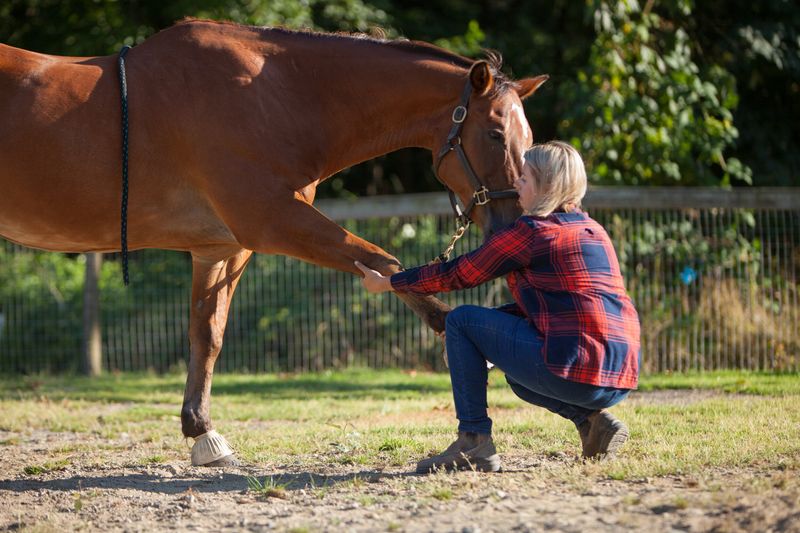
Grooming mimics the natural mutual grooming behaviors horses engage in with herdmates. This familiar, rhythmic activity triggers endorphin release, creating a natural calming effect that reduces stress hormones in your horse’s system.
Lower stress levels support better immune function and overall health. Many vets recommend extended grooming sessions before stressful events like competitions or veterinary procedures.
You can actually see the relaxation response during grooming – lowered head, soft eyes, and loose lower lip all signal that your horse is experiencing the psychological benefits of your care. These moments of connection build trust while improving their mental wellbeing.
9. Natural Oil Distribution

Horses produce natural oils that waterproof and condition their coat and skin. Proper grooming helps distribute these protective oils evenly throughout the coat instead of letting them accumulate in certain areas.
A soft brush used in long, sweeping motions carries oils from the skin down the hair shaft, creating natural shine and weather resistance. This oil distribution is especially important in rainy seasons when horses need extra protection from moisture.
Many horse owners mistakenly strip these beneficial oils with harsh shampoos when a good grooming routine would better maintain the coat’s natural protective layer. Your horse’s skin stays healthier with this natural conditioning system.
10. Muscle Tension Release

The pressure applied during grooming helps release tight muscles and adhesions that develop from work or play. Areas like the neck, shoulders, and hindquarters particularly benefit from this therapeutic touch.
Horses often show you exactly where they need attention by leaning into the brush or stretching when you hit a tight spot. These reactions are your horse’s way of saying “right there” – similar to a massage therapist finding a knot.
Equine massage therapists frequently recommend daily targeted grooming as maintenance between professional sessions.
The muscle release from consistent grooming helps prevent the compensation patterns that lead to larger performance issues.
11. Sweat Gland Maintenance
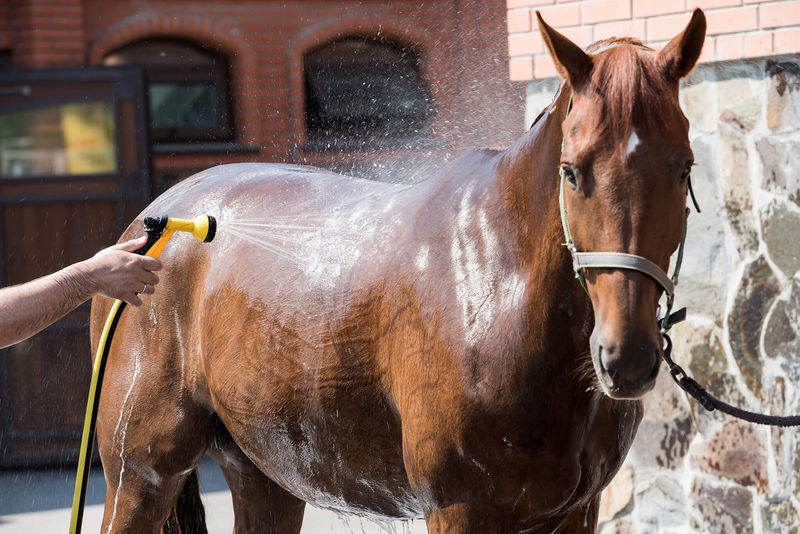
Dried sweat contains salt crystals that can irritate your horse’s skin and clog sweat glands. Regular grooming removes these deposits before they cause problems, especially in areas where sweat accumulates most heavily.
Clogged sweat glands can lead to painful conditions like anhidrosis – the decreased ability to sweat properly. Horses with this condition struggle to cool themselves, particularly in hot weather.
Paying special attention to the base of the mane, under the saddle area, and between the hindlegs helps keep sweat channels open and functioning.
Your grooming routine directly supports your horse’s natural cooling system during exercise and hot weather.
12. Wound Healing Acceleration
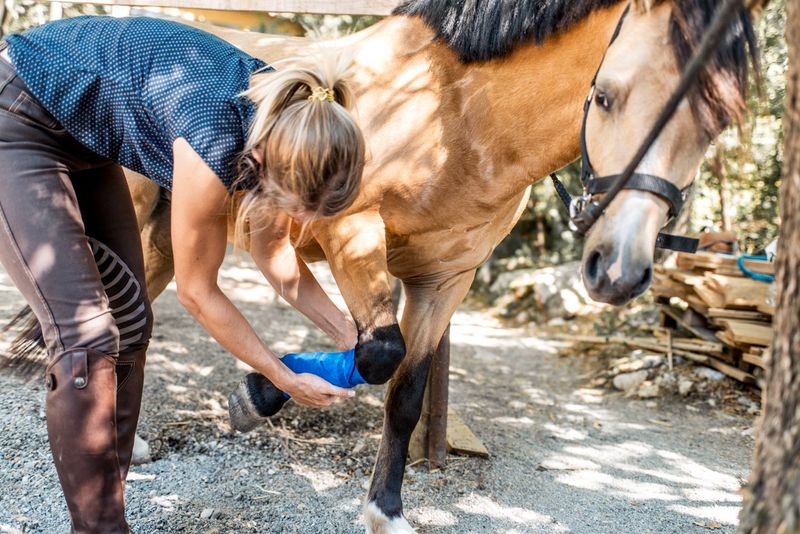
Gentle cleaning around minor cuts and scrapes during grooming promotes faster healing by removing debris that could cause infection. The stimulation around wound edges increases blood flow to the area, bringing healing nutrients and cells.
Many minor wounds can be managed entirely through careful grooming practices without veterinary intervention. Keeping the area clean through daily attention prevents complications that might require antibiotics or more intensive treatment.
Horses living in natural settings use mutual grooming to help each other with hard-to-reach injuries. Your grooming routine provides this same benefit to your domesticated horse who might not have herd mates to help.
13. Bonding And Trust Building
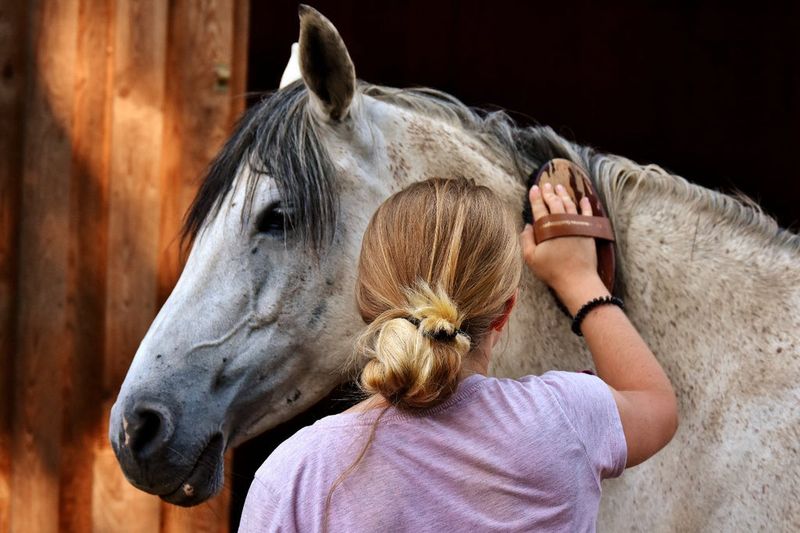
The physical contact during grooming builds a powerful connection between you and your horse. This hands-on time teaches your horse that your touch brings comfort rather than pain, developing trust that transfers to all other interactions.
Horses that receive regular, positive handling during grooming typically become more cooperative for veterinary exams, farrier visits, and training sessions. The predictable routine creates security and confidence in your relationship.
Veterinarians often note that horses with strong human bonds show less stress during medical procedures and recover faster from illness or injury.
The emotional connection formed during grooming actually contributes to measurable health improvements!

